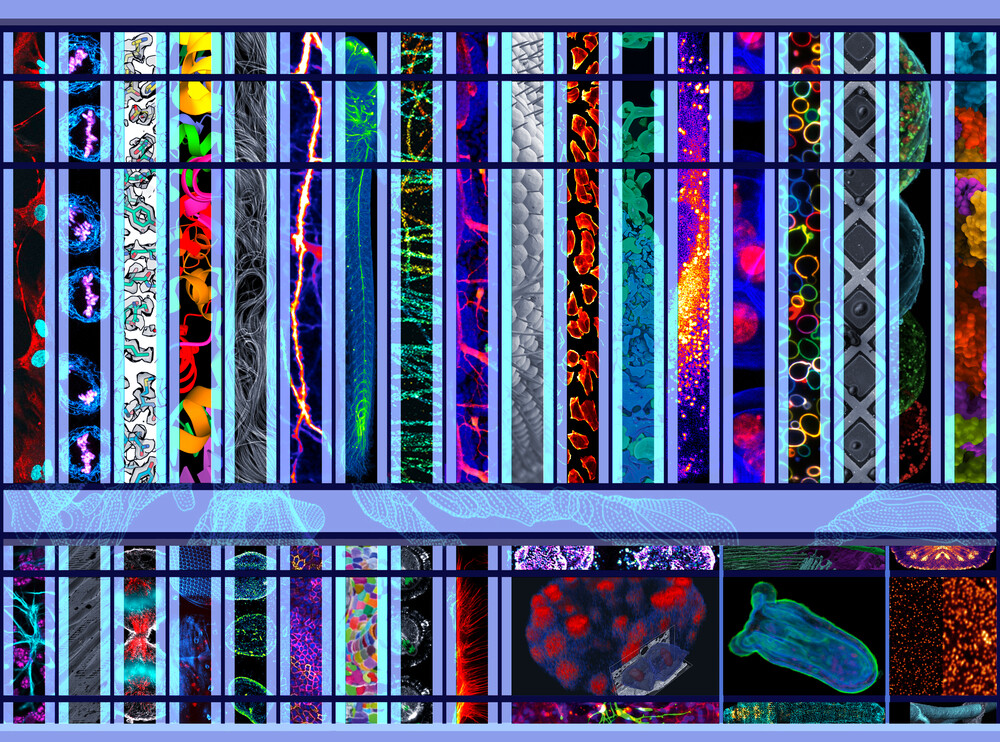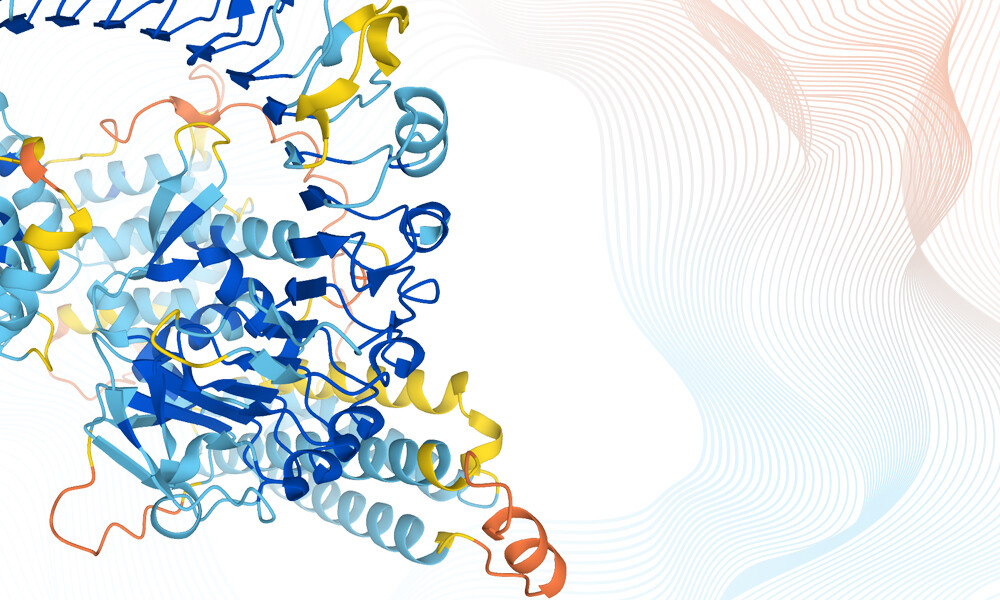
Sharpening the lens on biology
EMBL’s Imaging Centre comes online, complementing advances that enable scientists to see and understand the smallest aspects of molecular biology in their biological context.

Seeing is believing…and also understanding.
But when it comes to studying the smallest biological units, it is no small feat to employ the science and engineering needed to provide a comprehensive vision.
EMBL’s state-of-the-art Imaging Centre was completed and welcomed its first users in 2021. In doing so, it builds upon a longstanding reputation for microscopy expertise, which extends to new methods development, advanced microscopy training, and services that scientists have come to expect from EMBL.

“The scientists at EMBL are among the best in the world in using these techniques.”
Pia Lavriha, PhD student at the ETH Zurich and Paul Scherrer Institute in Switzerland and EMBL Imaging Centre’s first external user
“The opening of the Imaging Centre is an important moment for the European science community,” said EMBL Director General Edith Heard. “Research in the life sciences is being revolutionised by advances in imaging, genomics, and gene editing, and provision of access to advanced technologies is key to enabling scientific progress. EMBL has pioneered many of the imaging technologies that scientists use today, and the Imaging Centre will provide a unique opportunity to benefit from such technology development.”
A key aspect to the Imaging Centre is helping users learn how to use cutting-edge imaging technologies in the fields of light and electron microscopy, such as cryo-electron microscopy that Nobel prize winner Jacques Dubochet developed while at EMBL. Cryo-EM allows scientists to see at near-atomic resolution how molecules interact, directly in their biological context. In fact, EMBL has been providing electron microscopy training for more than 40 years.
“The scientists at EMBL are among the best in the world in using these techniques,” said Pia Lavriha, the Imaging Centre’s first external user and a PhD student working at the ETH Zurich and Paul Scherrer Institute in Switzerland. EMBL scientists provided training that also included a way to implement her approach with equipment available at her home institute.
In addition to cryo-EM, the service portfolio of the EMBL Imaging Centre includes super-resolution light and correlative light and electron microscopy approaches, as well as technologies not yet commercially available, and users are supported during the entire experimental cycle from sample preparation to data analysis.

EMBL has a long history in technology development with industrial partners. Continuing in the same tradition, EMBL’s Imaging Centre also aims to drive the development and testing of early-stage next-generation technologies with biological applications. An ‘open innovation’ environment will allow technology development to occur side by side with users testing new technologies for applicability in research.
The new Imaging Centre is a culmination of expertise EMBL has had all along. And as is obvious through other scientific highlights, EMBL will continue to grow its nurturing ecosystem of research, service, training, and tech transfer to help us believe – and understand – what we see.

“EMBL’s Imaging Centre is a dream come true for correlative and cellular cryo-EM! This is so inspiring for collaborations among other imaging facilities.”
— Linda Sandblad, MIMS Team Leader and Director of Umeå Centre for Electron Microscopy, Umeå University, Sweden; PhD and bridging postdoc work at EMBL Heidelberg, 2002-2008
“After almost five years of planning, fundraising, and construction, we welcomed our first users in September. Seeing EMBL Imaging Centre become reality made 2021 a very special year for me.”
– Stephanie Alexander, Research & Service Coordinator at EMBL Imaging Centre and Cell Biology and Biophysics Unit, EMBL Heidelberg


